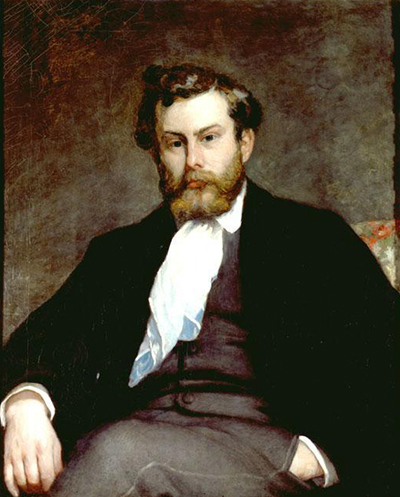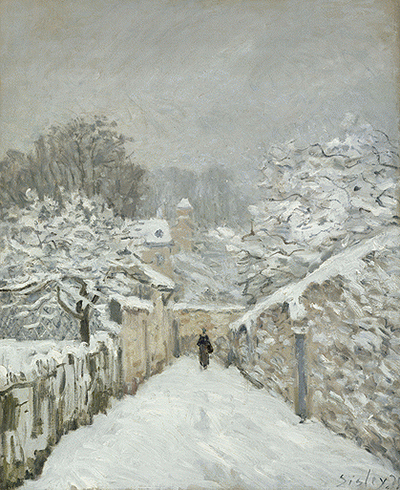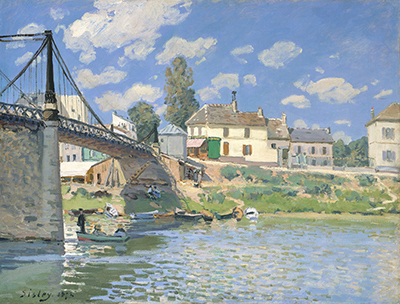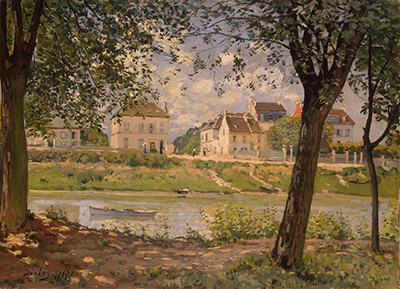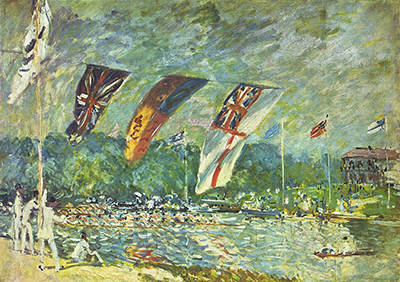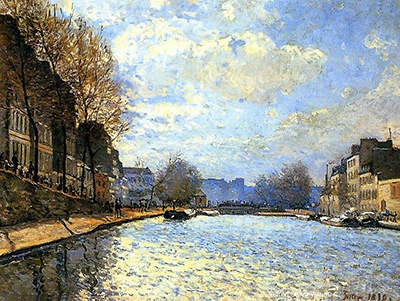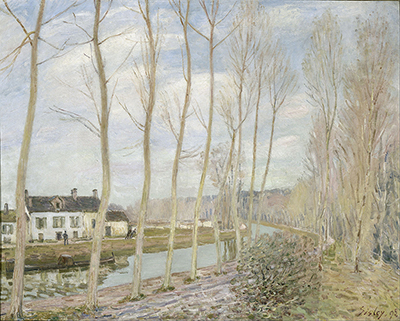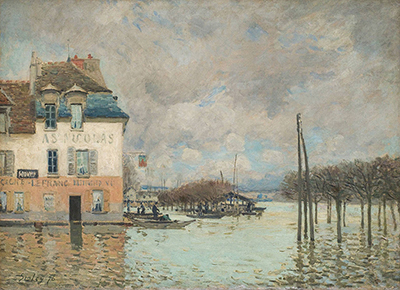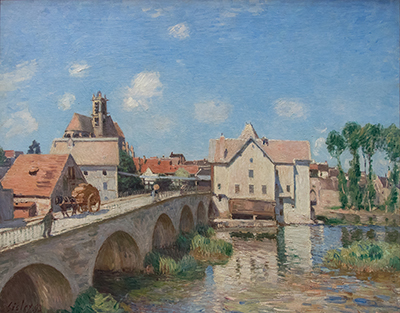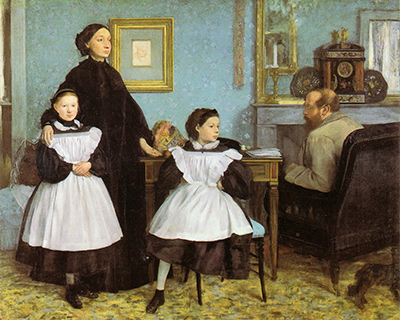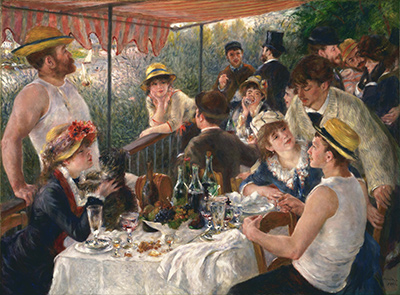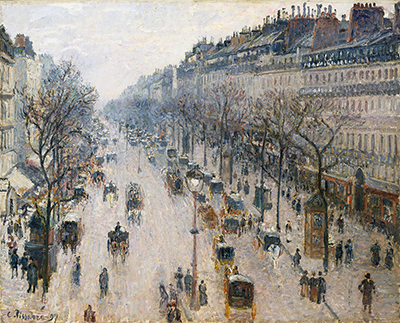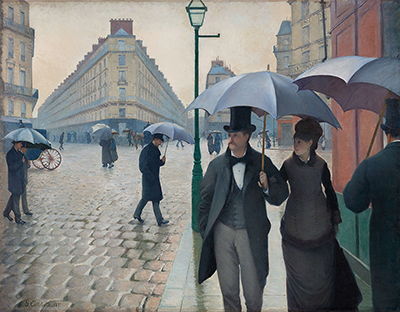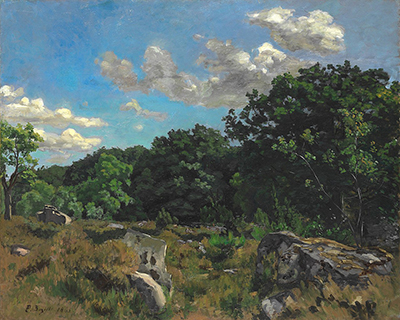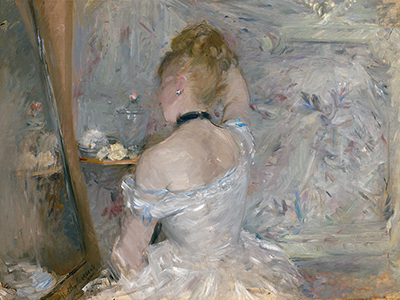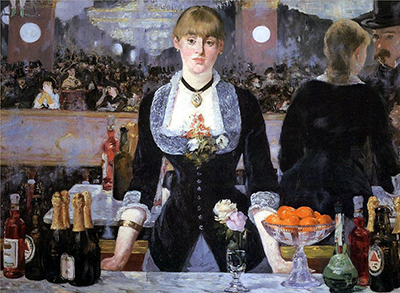Born in Paris, in 1839 to expatriate British parents, Alfred Sisley was a French-based Impressionist painter.
Sometimes known as the forgotten impressionist Sisley was said to have worked largely in fellow impressionist Claude Monet's shadow.
Introduction
Sisley's work has since been recognised as atmospheric and emotional in a way that Monet's never was. Sisley's works were almost entirely landscape and he was slavishly loyal to the Barbizon ideal of painting en plein air. Sadly, he was the only impressionist not to know financial and critical success in his lifetime and he died in 1899 at the age of 59 from throat cancer in abject poverty.
His posthumous fame and acclaim came quickly as only a year later his work began to sell and has been fetching higher and higher prices ever since. In 1998, almost one hundred years after his death, his now famous Effet de Neige a Louevciennes (1874) sold at Sotheby's for over $9 million.
Influences
The young Sisley was sent by his father to Britain in order to train in business, however, Alfred had no interested in pursuing any living other than painting. He was dazzled and inspired by the works of Constable and Turner while in London and is said to have spent long hours admiring their work in the National Gallery.
On his return to Paris he began to study at the studio of Marc-Charles-Gabriel Gleyre where he met fellow students, Claude Monet, Frederic Bazille and Pierre-August Renoir. Although little remains of Sisley's student works, it is clear from what is available that he was strongly influenced at this time by realists Gustave Courbet and particularly Jean-Baptiste-Camille Corot. In fact, throughout Alfred’s career he continued to favour Corot's colour palette in many of his works.
Of course, Sisley was a founding impressionist. Together with his friends Monet, Renoir and Bazille, he joined forces with fellow rebels Camille Pissarro, Paul Cezanne and Armand Guillaumin and began one of the most important and pivotal artistic movements ever documented.
Alfred found a great deal of inspiration among his fellow artists and particularly admired the work of Monet himself. He regularly created similar compositions and used many of the same techniques as Claude, but his deft hand produced something quite different from his colleague's paintings.
The Forgotten Impressionist
Sisley was considered a social outsider by many due to his parentage, but he was entirely French trained and unlike many of his fellow impressionists, he never strayed from the principles set down in their manifesto; he worked and painted within the guidelines throughout his whole career.
Alfred never had the need or desire to explore additional styles of techniques, he was wholly fulfilled, artistically, with the impressionist vision of creating images of reality through the use of light and colour. In many ways he was the only true impressionist, for he never used black, he always worked outside and used quick, light strokes when applying his paint.
This always resulted in an image that was almost shimmering in its sensitivity; a task all impressionists set out to achieve. Due to the fact that he worked on similar subject matter to Monet, his legacy is largely eclipsed by the better-known painter, but Sisley's work was subtle and nuanced.
His use of colour produced a tangible atmosphere in his paintings that few could rival.Perhaps because the style was so new, and the subject matter so seemingly mundane, the critics and the public never understood what Sisley had actually managed to accomplish with his work; as a result, his work rarely sold.
Master of Landscape
Sisley knew himself very well and the subject matter of the landscape provided unwavering fascination for him throughout his lifetime. His skill with colour and in creating atmosphere was profound. There was always something understated about the composition of Alfred's paintings; he consciously shied away from dramatic additions. A good example of this is The Flood at Port-Marly (1876), where Sisley could easily have included some stricken character to enhance the scene, instead he has chosen to portray it simply and honestly. The resulting eeriness is palpable as we are presented with the calm devastation of people's homes and businesses.
These grand simple landscapes were Alfred's passion. He had undeniable skill in composition, but his true genius was in the creation of colour and the perfect sky. He has been quoted as saying that he always began his works with the sky and from there everything else fell into place. There is no doubt that Sisley, above all other impressionists, was the one who could balance the grandeur of nature with the subtleties of palette to produce the majesty that would elevate the ordinary to the extraordinary. A wonderful example of this is the delightful, The River Loing at Saint-Mammes (1885) where the summer tableau on the river is full of warmth and space because the sky is not only shimmering, but it is perfectly reflected in the river, which offers the only relief from the heat.
Notable Works
Of course, while highly desirable to art lovers, few of Sisley's works can be considered truly famous in the way that Monet's paintings are famous. However, it is important to highlight his most accomplished works. No list of Alfred's achievements would be complete without mentioning, The Seine at Port Marly, Piles of Sand (1875). The Seine was naturally a favourite topic for the impressionists in general, but it was commonly pictured as a place of leisure and play for the citizens. In Sisley's painting he shows us the hard-working men who made the recreation possible, as always staying true to the impressionist principles of documenting real lives. Today it can be found in the Art Institute of Chicago, USA.
Another notable work by Sisley is one of his earlier paintings, Avenue of Chestnut Trees Near La Celle-Saint-Cloud (1867). This picture depicts a majestic landscape of a trail through a forest. It is a masterclass in the use of colour and shade to express atmosphere and depth. Many critics believe that this work shows the point where Alfred found his stride and his love of impressionism, even before the movement had been established. This painting is housed in Southampton City Art Gallery, UK.
Finally, in an effort to highlight Sisley's masterful touch with nature, it is important to mention, Fog, Voisins (1874). The painting depicts a county scene shrouded in light fog. The genius here is the fact that we can clearly see that the fog is not dense, and this is entirely due to Alfred’s light work with colour and paint. Not only does the atmosphere appear cool and refreshed, but there is a subtle hint of promise in the silence, and even though the focus should be the woman in her garden, the subject is clearly the fog itself. It is a revelation. It can be seen at the Musee d’Orsay, Paris, France.
Sisley's Legacy
Sisley's legacy is one of a forgotten star. He was a huge talent and devoted his life to the principles of impressionism, but he got very little recognition in his lifetime. On his death, as is often the case, people began to realise his genius, his subtle use of light and his brilliant mastery of colour. Today, of course, he is considered one of the great impressionists and his paintings are used to teach the fundamentals of movement. Among art scholars, he is widely considered one of the best landscape artists of the nineteenth century. However, if Alfred has an artistic legacy, it must be that he taught all who followed him the fine art of expressive skies and the importance lesson that less is very often more.
More Impressionist Artists



